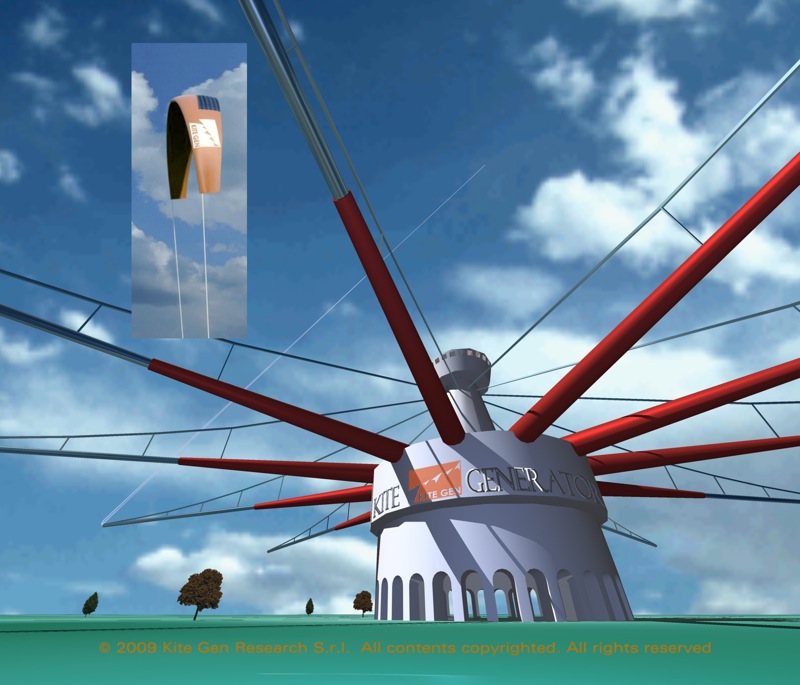Harnessing the jet stream for wind turbines


In large swaths of N. America, people have been enduring the opposite, frying the proverbial egg on the sidewalk amid killer heat waves.
Meteorologists blame the jet stream for these anomalies.
For a quick review: Jet streams are rapidly flowing currents of air that howl around 23,000-to-52,000 feet above us. There are four of them. The Northern and Southern Hemispheres each have two.
Jet streams control weather. They can shift, and when they do, your summer can go awry. That's what has happened this year in the north, where the polar jet stream has snaked south. Regions just below it in the U.S. are boiling. Regions north of it - the UK - are shivering and drowning. (Native Brits tell me that summers used to be glorious here. I have yet to experience such glory in 13 years of residency. Is Britain a nation of liars?).
I got curious to find out more about this cursed draft. I'll save the discussion as to whether global warming is pushing around the jet stream - feel free to weigh in below with any insights or opinions on that.
But what I noticed in my internet trawl was something that gives a needed PR boost to the wretched high altitude wind: Scientists and engineers want to harness the jet streams to generate electricity for terra firma, and thus blow fossil fuels out of the water for once and for all (at least when it comes to generating electricity).
"The total wind energy in the jet streams is roughly 100 times the global energy demand," writes Cristina L. Archer and Ken Caldiera in a 2009 edition of the journal Energies. "Because of their abundance, strength and relative persistency, jet stream winds are of particular relevance in wind power development."
I also noticed that SmartPlanet touched on this three years ago, before my time on the blog. I gather there haven't been great technological or engineering strides, as I haven't noticed any glaring headlines anywhere - just the occasional golly-gee article.
To elaborate a bit more on what Archer and Caldiera explained, engineers have proposed two different methods for capturing and converting the jet stream's energy.
One, backed by Italian company Kite Gen, would use air foils to grab energy at altitude and transfer it mechanically via cable to earthly turbines - as pictured at the top of this story, and as visually displayed in this YouTube video, backed by New Age electrobeat music (perhaps a sure sign that we're still a fair age away from jet stream-lit cities):
The other would mount turbines on kites tethered to an electricity grid on land (or sea) by kevlar-insulated, aluminum conductors, as in this YouTube video from Sky Windpower, a San Diego company:
The practicalities of these systems strike me as challenging, to say the least. For grandiose schemes, I think I might prefer the vision of generating electricity via satellite-mounted photovolatiacs and beaming it back to earth.
Either way, you gotta dream.
For now, I'm organizing troops to lasso the jet stream and haul it back up north where it belongs. Otherwise I wasted about $11 on the sunscreen I bought a few months ago.
Sign up below for the Jet Stream Posse!
Images from Kite Gen (top) and Sky Windpower.
More energy dreams on SmartPlanet:
- China's nuclear powered, ocean floor mining station drills for oil, gold
- New York to London in an hour - by train
- Black hole: An energy source in 2013?
- Space, solar power's next frontier?
- Construction of world's biggest solar project starts in 2012
- How to eliminate Japan's nuclear reactors: LED light bulbs
This post was originally published on Smartplanet.com